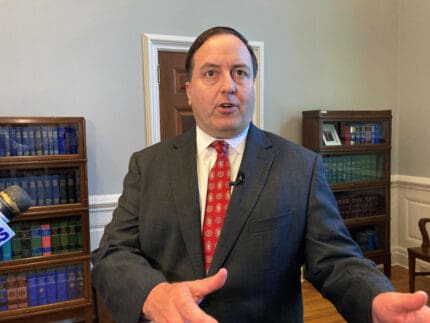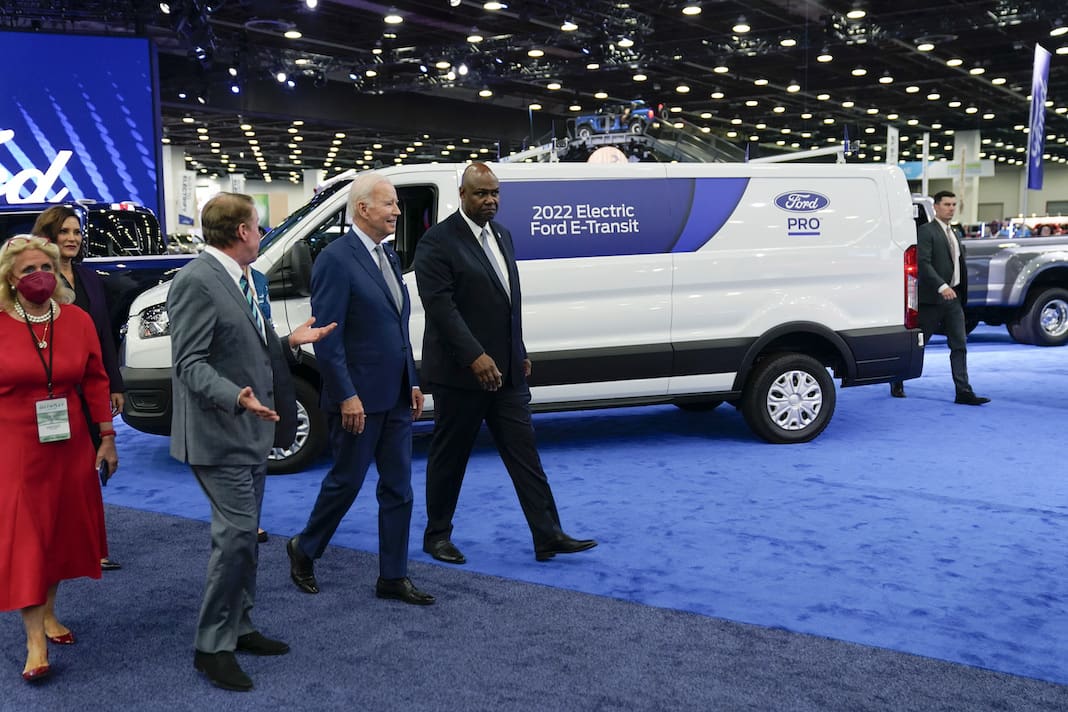EPA perfectly content to keep high levels of lead in drinking water
The EPA just issued a proposed rule that is supposed to tackle the problem of lead in water, but it doesn’t do much at all.

The Environmental Protection Agency had a chance to do the right thing when it came to protecting children from lead in water. It didn’t.
At a Wisconsin news conference on Thursday, EPA Administrator Andrew Wheeler announced a draft of new lead standards and framed it as “delivering on the president’s commitment that all Americans have access to clean and safe drinking water.” That’s really not the case at all.
The draft rule does make some positive changes. It would require schools and daycare centers to be tested for lead levels. If the lead level is too high, people using the facilities would have to be told within 24 hours rather than the current period of 30 days. Water utilities will also be required to report where they still have lead service pipes.
After all that, though, the rule doesn’t do much to fix these problems. There are 6 million or more underground lead water lines in the country, and a proposal that overlooks that isn’t moving the needle on eliminating lead in water.
Public health groups have urged the immediate replacement of those 6 million pipes. Instead, the current proposal more than doubles the time utilities have to replace lead pipes. The Obama-era rule required replacement within 13 years, but now the EPA is proposing a 33-year span instead.
Besides slowing the rate of lead pipe replacement, the proposed rule is also bad when it comes to how much lead can be in your water. The rule still leaves the current “action level” — where remediation steps must be taken — at 15 parts per billion.
The problem is that there is no safe level of lead in water — and that’s according to the government’s own Centers for Disease Control. When children are exposed to lead during their childhood, the effects are permanent and can include behavioral problems and IQ loss.
Given that even during his campaign Trump saw the long-running water crisis in Flint, Michigan, as something to joke about, it was probably inevitable that we’d see a weak EPA rule that will do little to nothing to fix the widespread problem of high lead levels. Thirty-three years is a long time for communities to wait to be rid of lead pipes.
Published with permission of The American Independent Foundation.
Recommended

President Biden visits Prince William park to talk solar, youth involvement on Earth Day
Virginia set to receive $156 million from U.S. Environmental Protection Agency program
By Charlie Paullin, Virginia Mercury - April 23, 2024
Texas governor and attorney general do little to curb state’s chemical plant crisis
Republicans Greg Abbott and Ken Paxton have taken thousands of dollars in donations from chemical companies and their affiliated PACs.
By Jesse Valentine - December 08, 2023
‘We’ve been waiting for this’: Union workers cheer Biden’s hydrogen hub plan
Federal funding for the hub is estimated to bring over 20,000 jobs to the Pennsylvania-New Jersey-Delaware area.
By Anna Gustafson - October 17, 2023







































































